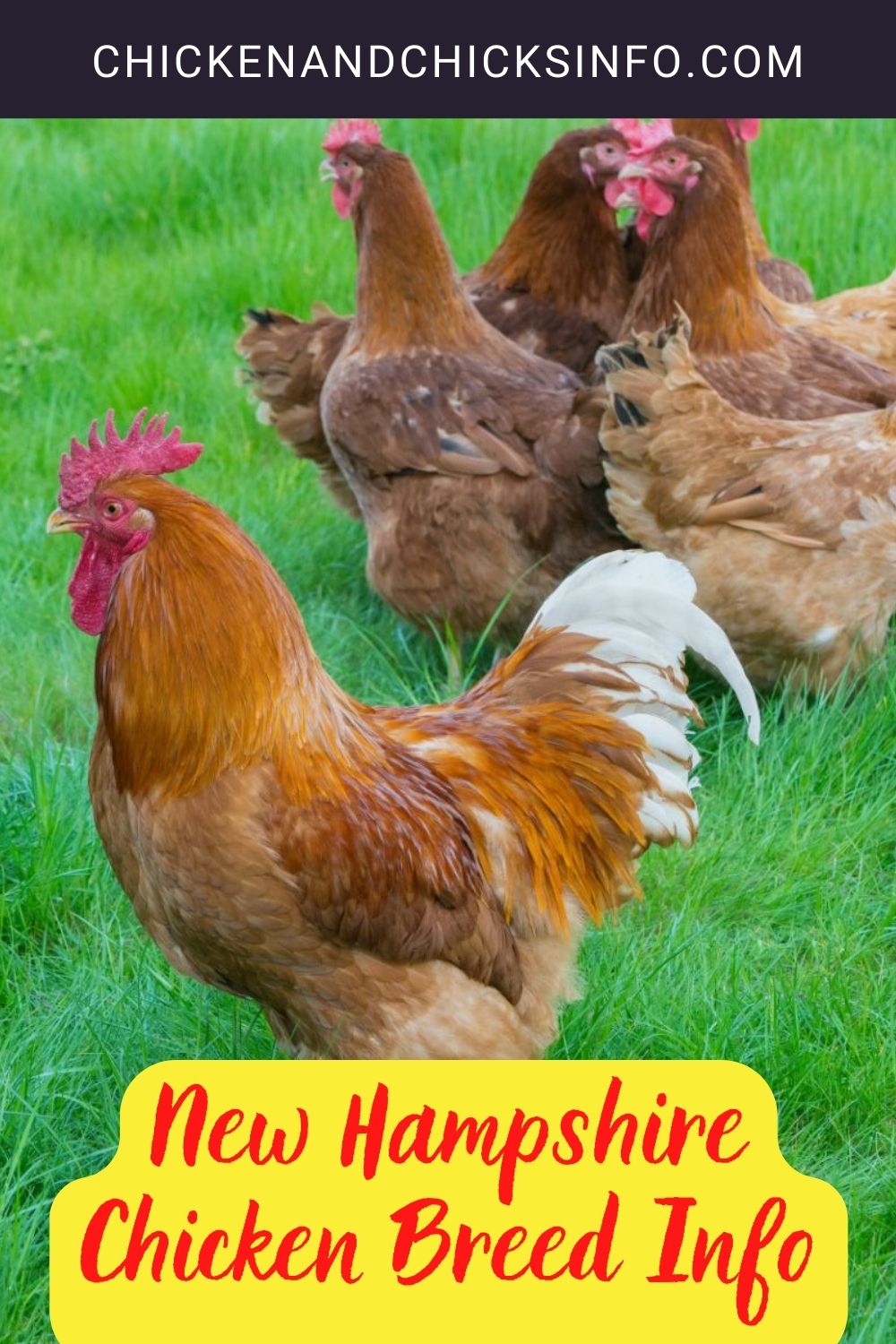The New Hampshire chicken is beloved for its efficient growth, early maturity, and dual-purpose capabilities. They are hardy, have no major health issues, and do well in the heat and cold.
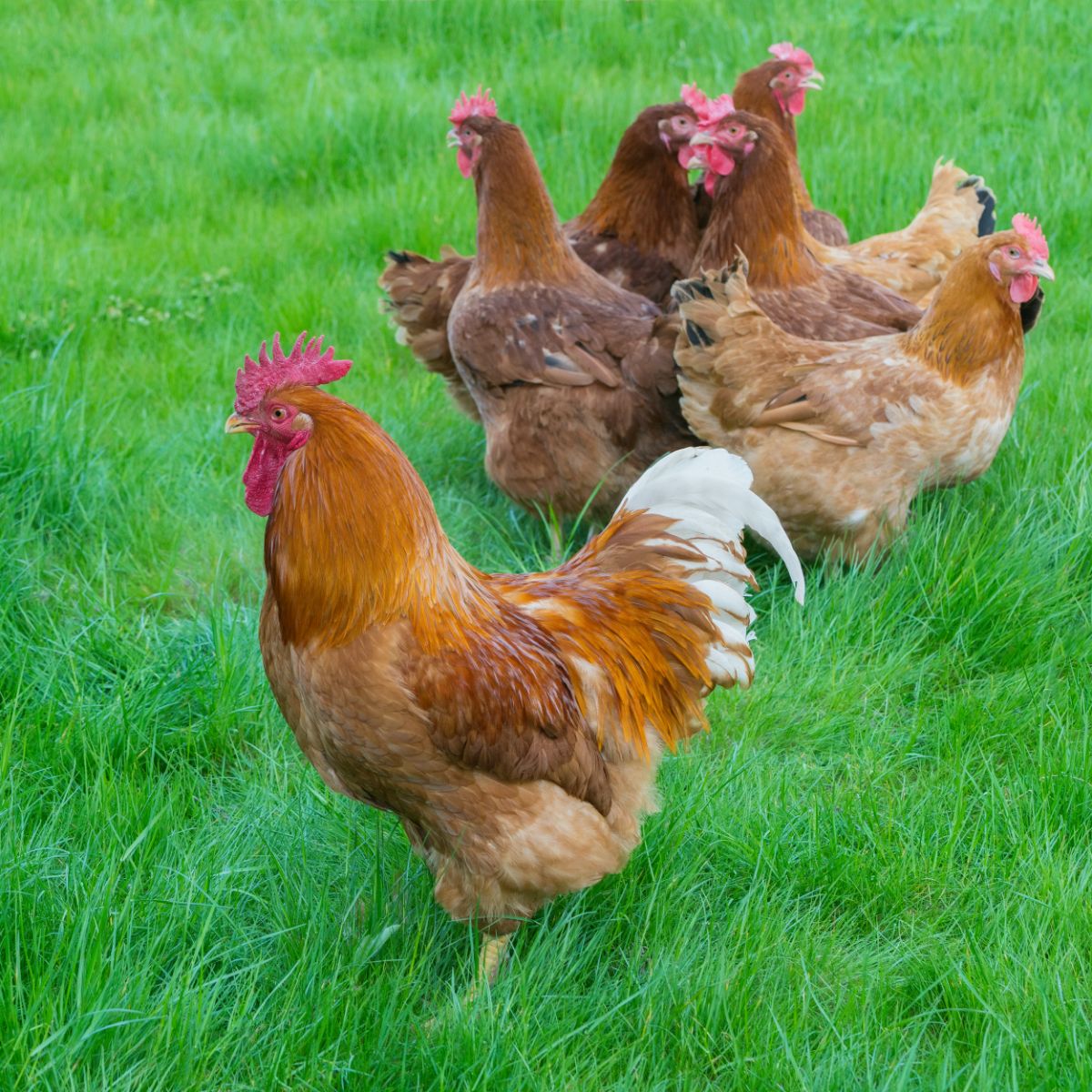
Although they can be docile and friendly if exposed to people from a young age, they can be a bit aggressive when it comes to sharing food with flock mates. One way to combat this behavior is by adding a second or third feeding station so all of your chickens can eat comfortably.
If you choose to add New Hampshires to your flock, be aware that there are two varieties of the breed: heritage and production. Be sure to check with your hatchery to make sure you are getting the type you desire.
Jump to:
How to Buy Online New Hampshire Chickens

New Hampshire Chicks As low as: $2.55 - Read reviews
Free Range New Hampshire Chicks As low as: $2.75 - Read reviews
New Hampshire Chicken Breed Quick Info
New Hampshire Chicken Description
| New Hampshire Type/Size: | Standard |
| Feather Color: | Reddish-brown |
| Leg Type: | Clean |
| Leg Color: | Yellow |
| Skin Color: | Yellow |
| New Hampshire Ease of Raising/Keeping: | Medium |
| New Hampshire Special Care Needs: | No |
| Is the New Hampshire breed a common, rare, or protected breed of chicken? | Rare, “threatened” status |
New Hampshire Use
| Meat | Yes |
| Eggs | Yes |
| Dual Purpose | Yes |
| New Hampshire Temperament: | Docile, can be assertive |
| New Hampshire Ability/Likelihood to Free Range: | Yes |
New Hampshire Egg Production
| Egg Color | Brown |
| Egg Size | Large |
| Estimated Number of Eggs Per Year | 200-220 |
| Likeliness to Brood Eggs/Raise Chicks | Medium |
New Hampshire Meat Production
| Dressed Weight Male | 6 lbs. |
| Dressed Weight Female | 4 ½ lbs. |
New Hampshire Climate Tolerance
| Heat | Good |
| Cold | Good |
New Hampshire Age to Maturity
| Number of Months to Reach Full Size | 5 Months |
| Number of Months to Start Egg Laying | 5 Months |
| Number of Weeks/Months to Reach Meat Harvest Size | 20 Weeks |
New Hampshire Size at Maturity
| Male | 8 ½ lbs. |
| Female | 6 ½ lbs. |
Origins of the New Hampshire Chicken
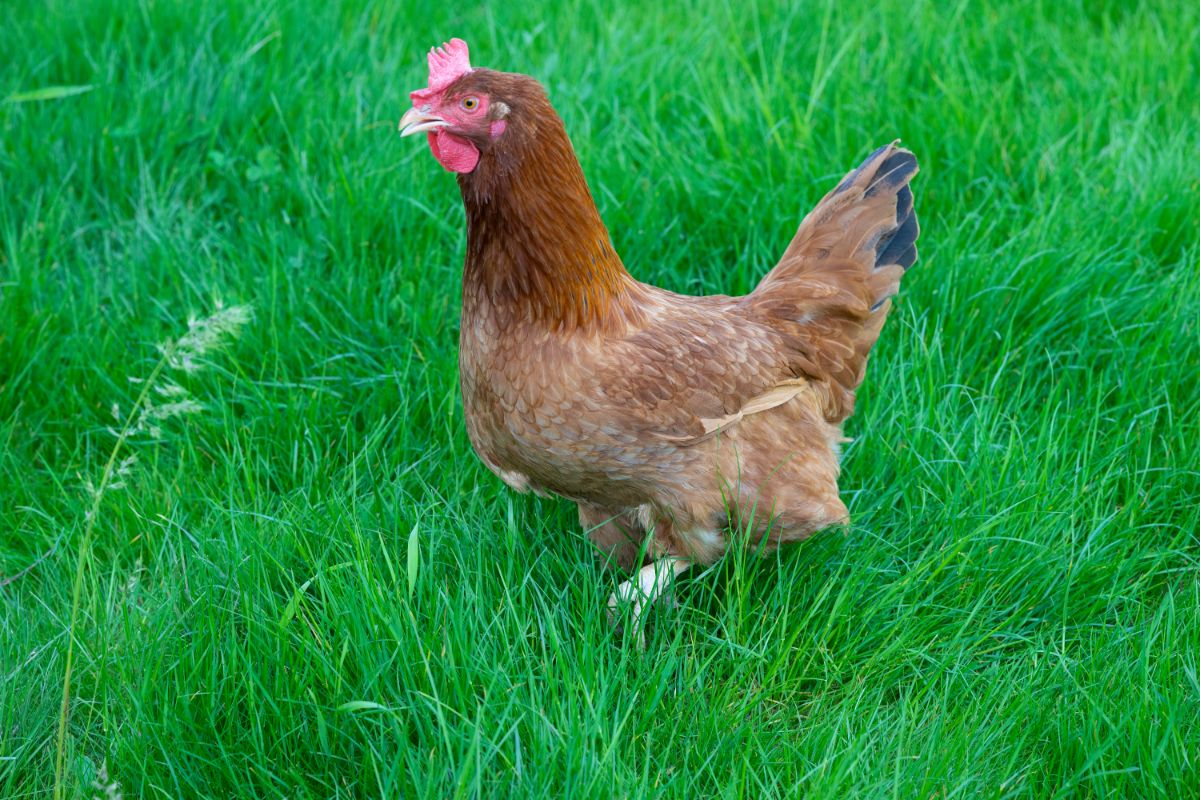
This American Heritage breed was named after its birthplace - New Hampshire. In the early 20th century, poultry farmers in the state began to choose hens from their Rhode Island Red stock that were particularly high-performing. A professor at an Agriculture Experimentation Station, Professor “Red” Richardson, is credited with developing the breed we know today as the New Hampshire.
These sturdy, dual-purpose birds were one of the first to be used in the broiler industry during and after the Second World War. They have also been crossbred to create breeds like Red Sex Links and the Delaware.
Some Things to Know About the New Hampshire Chicken
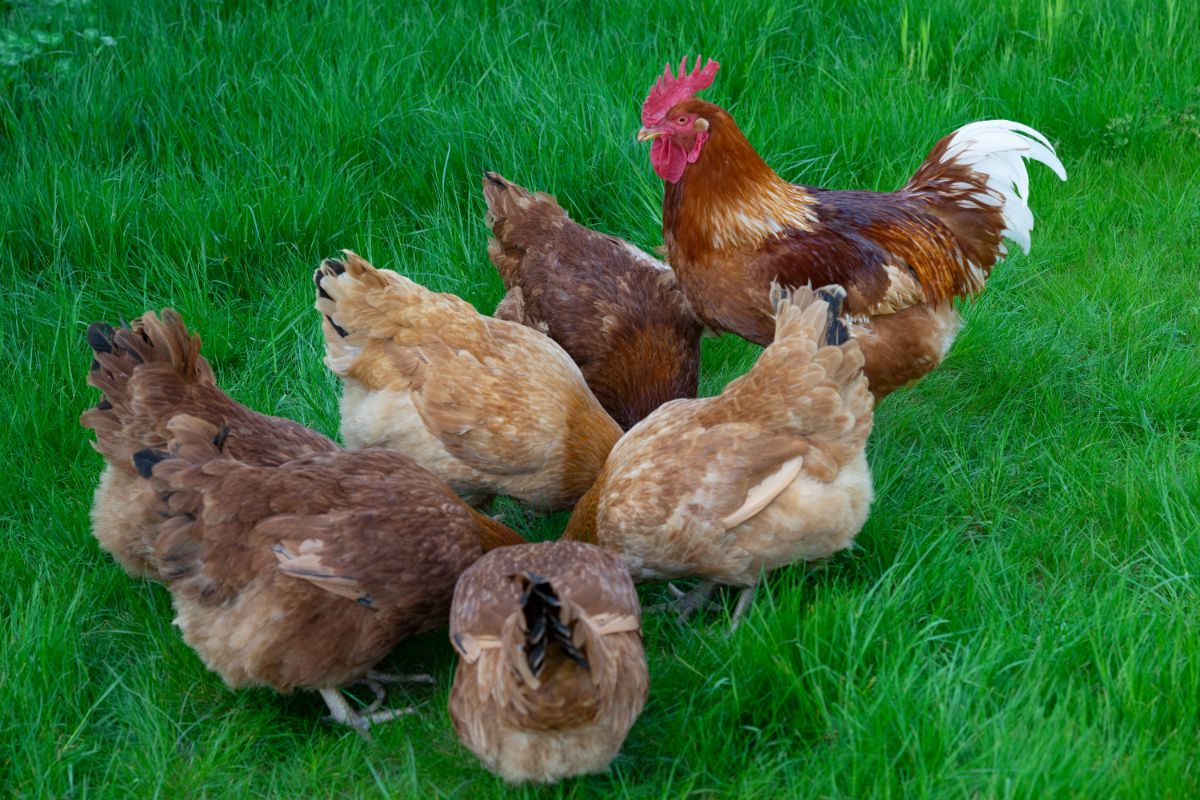
The New Hampshire chicken can easily be confused with the similar-looking Rhode Island Red. They share the same reddish-brown feathers, single comb, and yellow legs.
But what distinguishes the New Hampshire is their broad, triangular body and slightly lighter feathering - some may even have yellow highlights.
You can distinguish roosters by their beautiful black tail feathers. Hens may have some black edging at the base of their neck or on their wings, unlike the uniform Rhode Island Red.
How Easy is it to Keep New Hampshire Chickens?
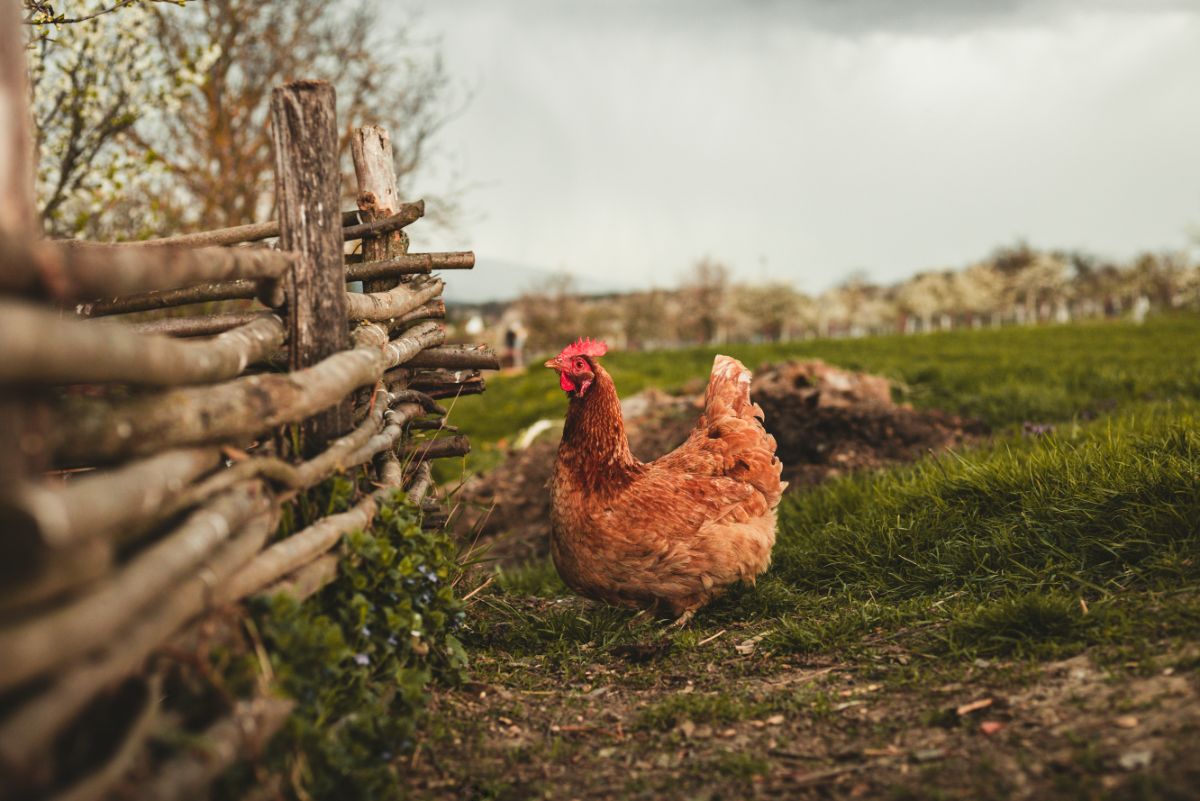
New Hampshire chickens are relatively easy to care for but have a few behaviors that should be taken into consideration if you are a first-time chicken owner.
They are known to be moderately broody, which means they will lay on their eggs some of the time. This is good news if you plan to raise chicks, but bad news if you’re trying to collect eggs and your New Hampshire hen won’t stop pecking at you.
Owners have also reported that they tend to be aggressive around food, especially toward other birds in their flock. This may pose an issue if you have extremely docile and submissive chickens housed with your New Hampshires, as they may be chased away from food and not get enough to eat. If you notice this behavior, separate the flock as needed.
Special Care and Considerations for New Hampshire Chickens
New Hampshires are hardy birds that do well in the heat and cold. However, as with all single-comb chickens, special care should be taken to ensure that your hens’ combs do not freeze in cold weather. A swipe of vaseline should be enough to keep away frostbite when the temperature drops.
